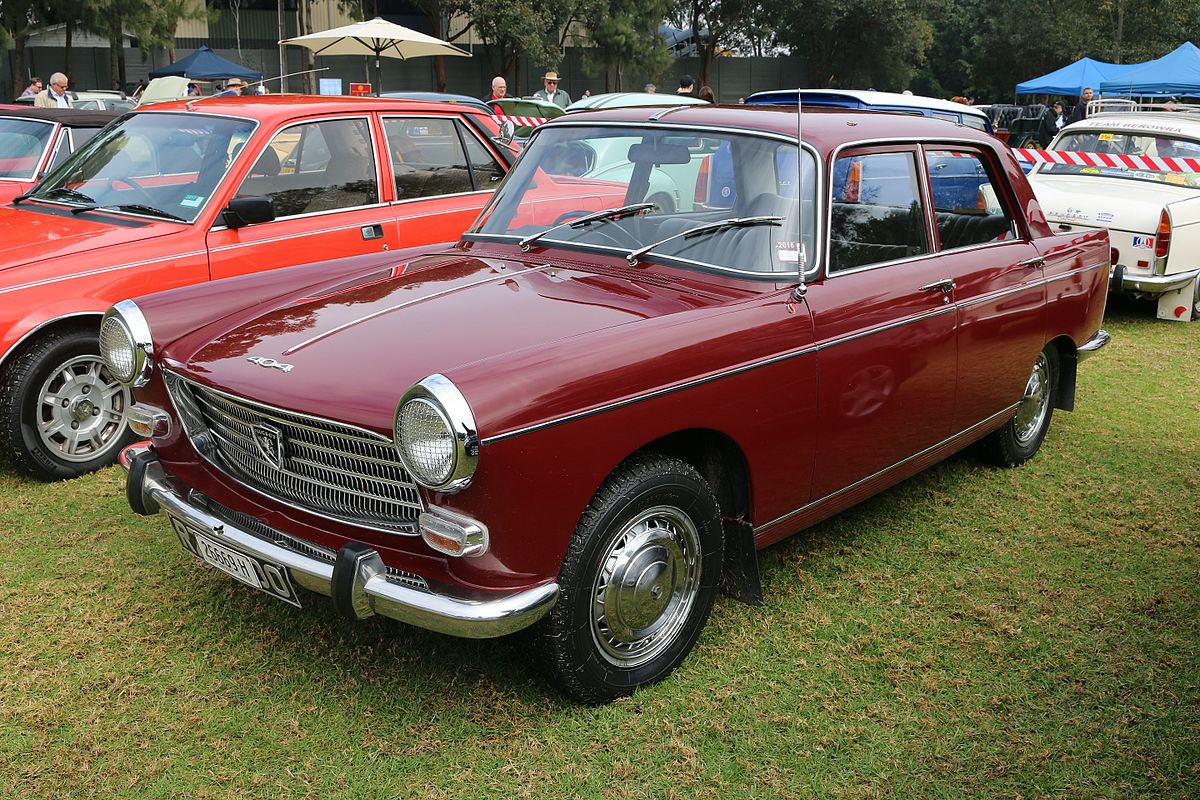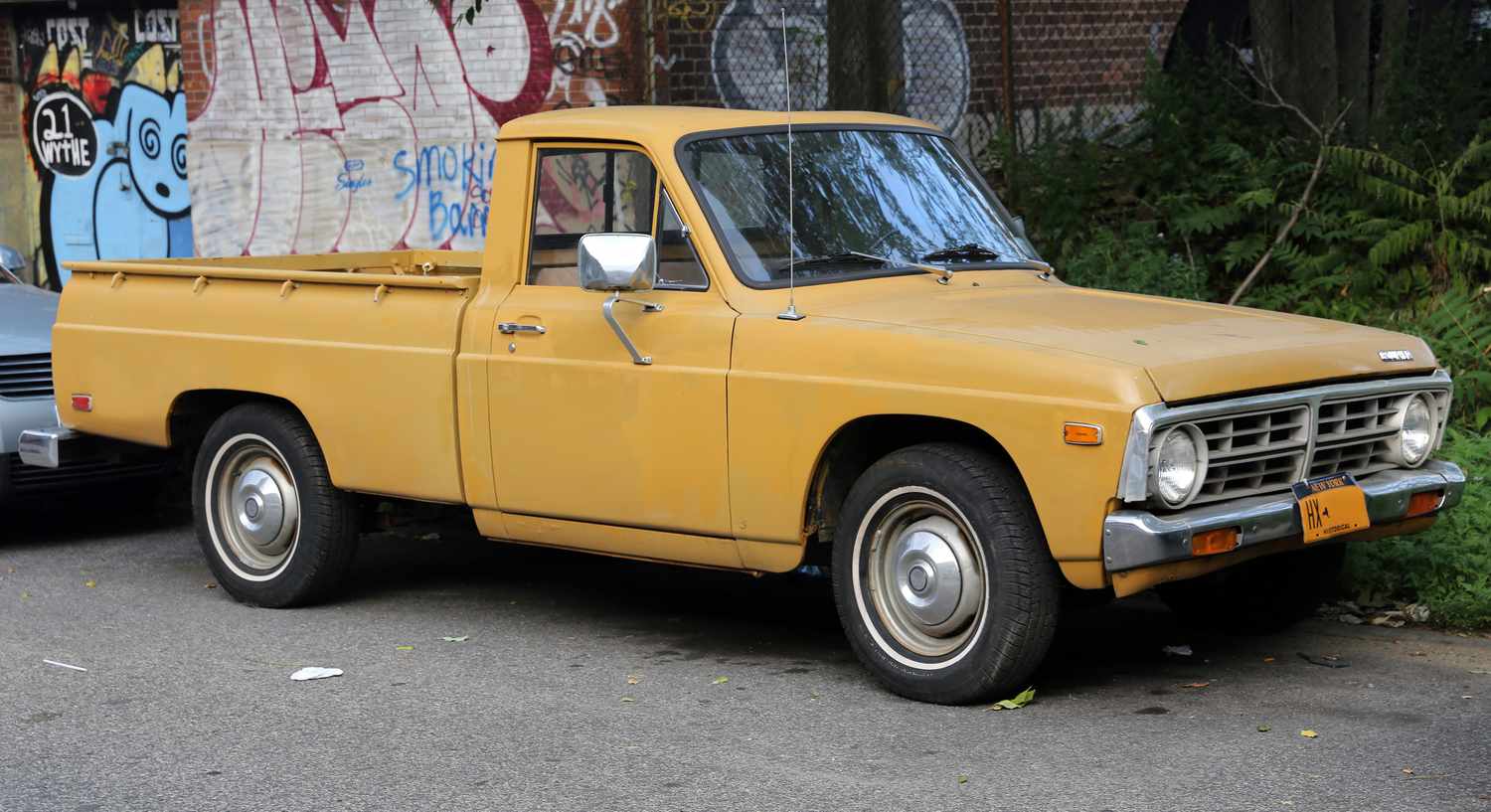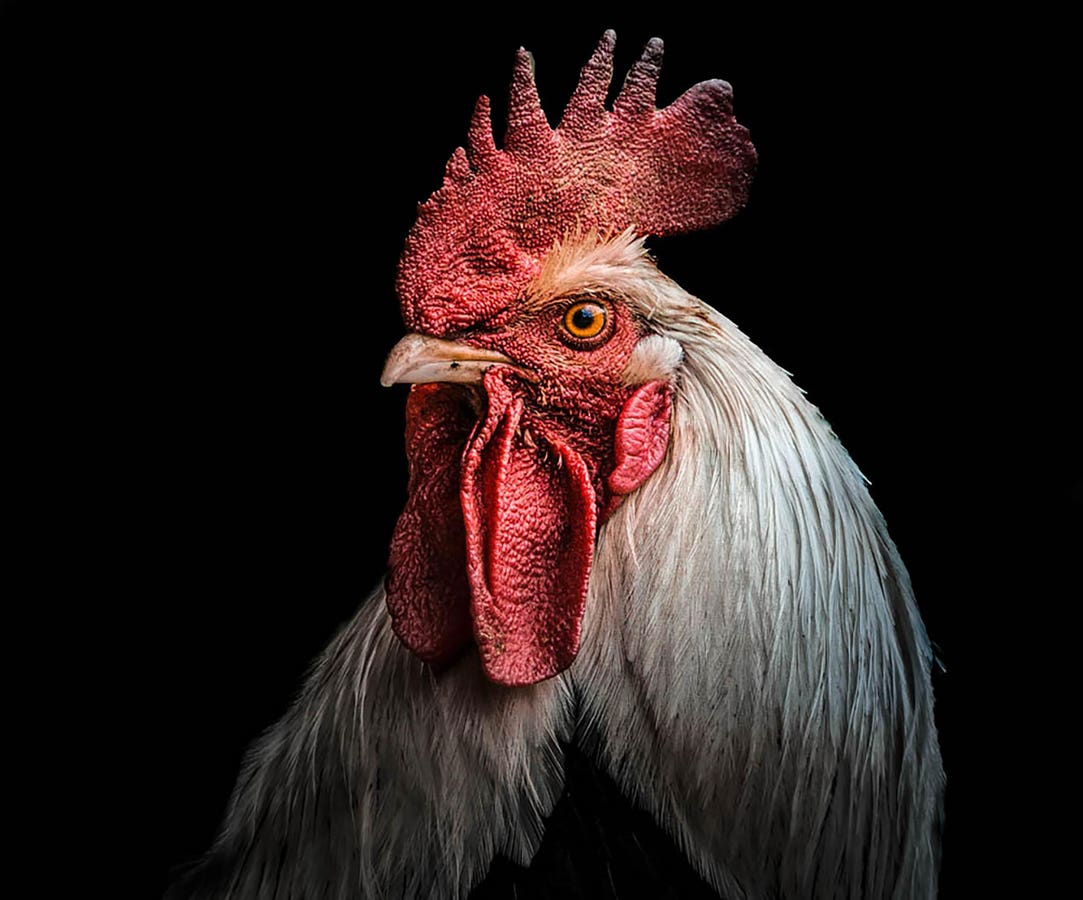- Thread starter
- #41
Admiral Beez
Major
That was the problem with the British Empire, resources out of the colonies, finished goods out of the UK. This left the colonies underdeveloped, underinvested and difficult to defend when the home country was threatened. Australia needed to break or renegotiate this arrangement, and should have done so once Britain canceled its alliance with Japan in 1921. Australia should have spent the roaring 20s building up its warship, artillery, tank, truck and aircraft manufacturing capacity.Australia didn't have to ask England for permission to buy Catalina or to build P&W engines, but UK was Australia's #1 trading partner and they had just been through a devastating trade war with Japan. They certainly weren't going pick another over a batch of flying boats.
The RAN was the most prepared of Australia's three arms. But as it was, in Sept 1939 the RAN began the war with a tiny force:
- two County-class heavy cruisers; Australia and Canberra (all UK built)
- three modern Modified Leander-class light cruisers; Hobart, Perth, and Sydney (all UK built)
- the older Town-class cruiser Adelaide (Australian built)
- four sloops, Parramatta, Swan, Warrego, and Yarra (all Australian built)
- five V-class destroyers (all UK built)
- 5,440 personnel
Beside building four sloops, what was Australian shipbuilding doing between the wars? The Cockatoo Island Dockyard laid down HMAS Adelaide in 1915, launched her in 1918.... and then didn't make another warship until HMAS Yarra was laid down in 1934. What was Cockatoo Island doing for those sixteen years between launching Adelaide and beginning Yarra?
EDIT.... let's answer my own question, Cockatoo Island Dockyard - Wikipedia, a total of six ships for the RAN between 1918 and 1938.
HMAS Biloela - Wikipedia laid down 1918, launched 1919
HMAS Mombah - Wikipedia laid down 1920, launched 1921
HMAS Cape Leeuwin - Wikipedia laid down and launched in 1924
HMAS Albatross (1928) - Wikipedia laid down 1926, launched 1928
HMAS Kookaburra - Wikipedia laid down and launched in 1938
The IJN is rapidly expanding, the RN, HMS Hood and Repulse's brief visit aside, has clearly abandoned the Pacific Ocean. It was truly a leap of faith for Canberra to agree to send nearly the entirety of its combat ready forces to North Africa and the MTO in 1940.
Last edited:






